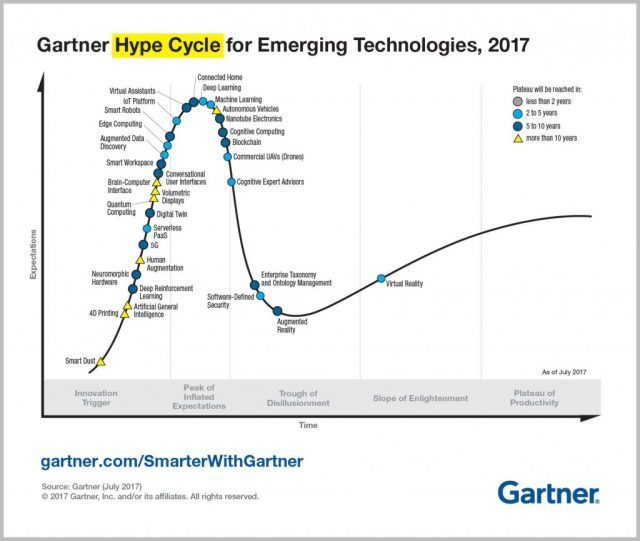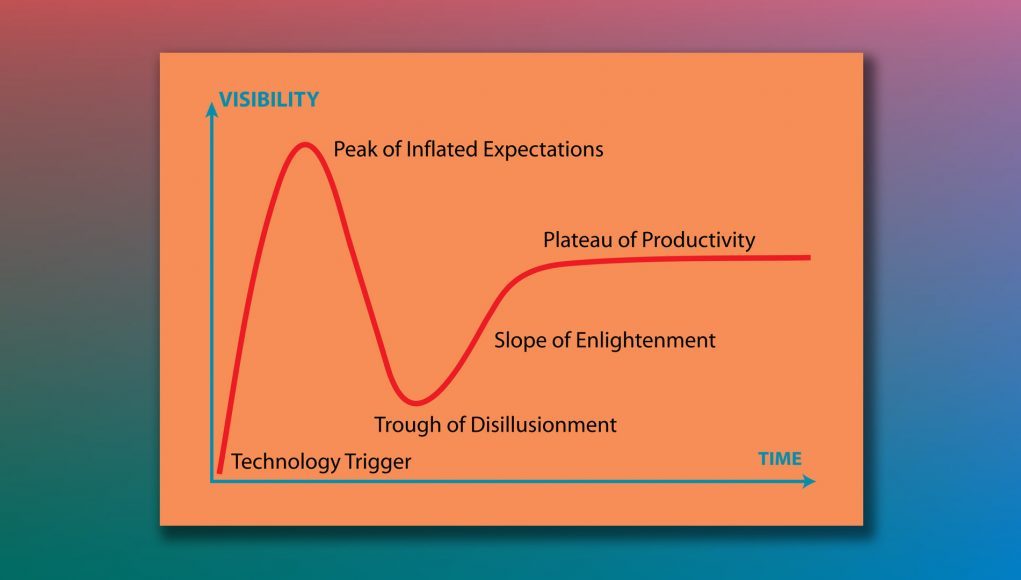 Brian Blau is the vice president of research for personal technologies at Gartner Research where he’s in the business of making predictions about the consumer adoption of virtual reality and augmented reality technologies. I last interviewed Blau in 2015 when he was saying that his predictions were a lot more conservative than other analysts who were predicting more explosive growth for VR, and Blau tells me that his more conservative estimates have more closely matched with reality where he slightly overestimated PC VR market and underestimated how fast the mobile VR HMD market would take off.
Brian Blau is the vice president of research for personal technologies at Gartner Research where he’s in the business of making predictions about the consumer adoption of virtual reality and augmented reality technologies. I last interviewed Blau in 2015 when he was saying that his predictions were a lot more conservative than other analysts who were predicting more explosive growth for VR, and Blau tells me that his more conservative estimates have more closely matched with reality where he slightly overestimated PC VR market and underestimated how fast the mobile VR HMD market would take off.
LISTEN TO THE VOICES OF VR PODCAST
I had a chance to catch up with Blau at Google I/O on May 17th, 2017 where we talk about the state of the VR & AR industries and what some of the potential catalysts for consumer adoption might be. A big point that Blau makes is that technologies get adopted when people are not explicitly thinking about them, and that there may be more drivers of immersive technologies through other ambient computing innovations.

This interview was conducted a few weeks before Apple announced ARKit on June 5th and then Google ditched the Tango brand and depth-sensor hardware requirement for their phone-based AR on August 29th when they launched ARCore. Then on September 12th, Apple announced front-facing cameras on the iPhone X for companies like Snapchat to do more sophisticated digital avatars, as well as Animojis that provide the ability to embody emojis with recorded voices messages. Apple also announced it’s now possible to make phone calls via the Apple watch + Airpods, and so this is a push towards ambient computing with conversational interfaces, and moving away from solely relying upon screens on phones.
Like Duygu Daniels told me in 2016, Snapchat is an AR company, and it’s possible that they have had more of an influence on driving Apple’s technological roadmap than virtual reality has. The consumer use of services like Snapchat and Animoji may prove to be key drivers of immersive technologies since Apple decided to put a depth sensor camera on the front of the camera rather than on the back. The front-facing camera offers more sophisticated ways to alter your identity through AR filters, which when you can see in the virtual mirror of your phone screen changes the expression of identity through the embodiment of these virtual avatars. You can see how much Apple’s Craig Federighi changed his expression of himself while recording an Animoji during the Apple keynote:
Snapchat’s Spectacle glasses received a lot of grassroots marketing from users who were recording Snaps absent a phone. But will the additional digital avatar, face-painting features of the iPhone X inspire extra demand for consumers to want to pay $999 for these types of feature that are only made available by a front-facing depth camera?
It’s clear that the technological roadmap for mobile computing has now started to include volumetric and immersive sensors. Google made a bet with Tango that adoption would be driven by a depth sensor pointed outward into the world for AR, but it looks like Snapchat could be a key app that popularizes front-facing cameras and the use of augmented and mixed filters that change how you express yourself and connect to your friends.
Support Voices of VR
- Subscribe on iTunes
- Donate to the Voices of VR Podcast Patreon
Music: Fatality & Summer Trip







